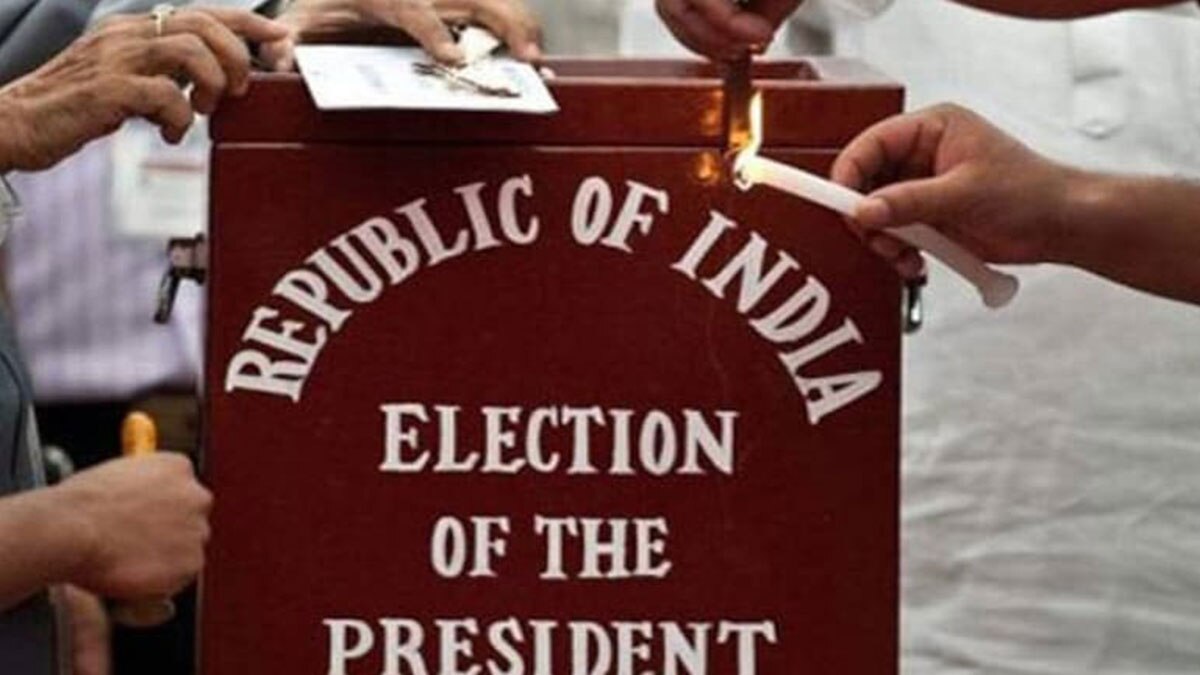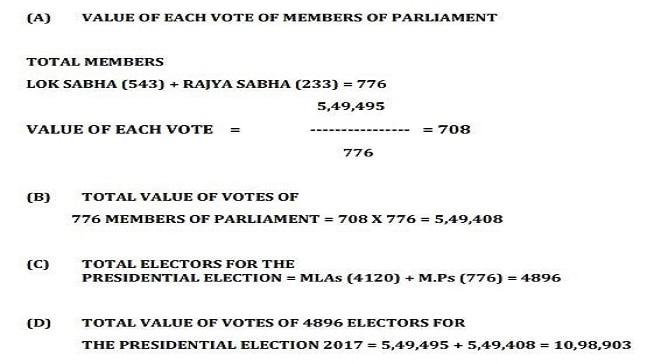How is the President of India elected?

Representational image
As President Ram Nath Kovind's five-year term ends 24 July, India has to elect a new commander-in-chief of the armed forces.
The Bharatiya Janata Party (BJP) has been on a winning run for a long time now. After winning in four out of five states during assembly elections a few months back, the ruling party has the advantage.
But Telangana chief minister K Chandrashekar Rao (KCR) has other plans. He is on a 'Bharat Yatra' (India tour) and has been rallying opposition parties, other than the Congress, to form an alliance against the BJP-led National Democratic Alliance (NDA). His immediate focus though is to defeat the BJP in the race for next President, reported India Today.
Before the presidential elections, the upcoming Rajya Sabha election will be a test for the opposition, mainly Congress, as it will have a big impact on who becomes the President. The election for 57 Rajya Sabha seats in 15 states will be held on June 10.
We take a look at how the President of India is elected and which party has the advantage.
HOW IS THE PRESIDENT ELECTED?
The President is elected by an electoral college, which consists of the elected members of both houses of Parliament and the elected members of the legislative assemblies of all the states and also of NCT of Delhi and the Union Territory of Puducherry.
The electoral college is formed by 776 parliamentarians and 4,120 legislators and the total strength of the electoral college is 10,98,903 votes. The value of each vote for an MP is 708.
The value of the vote of each member of a state legislative assembly is calculated by dividing the population of the state by the total number of elected members of the assembly, and then further dividing the quotient by 1,000. If the remainder is 500 or more, then the value is increased by one.

The total value of votes of all members of each state assembly is worked out by multiplying the number of elective seats in the assembly by the number of votes for each member in the respective state.
The total value of votes of all the states added together is divided by the total number of elected members of Parliament (Lok Sabha 543+Rajya Sabha 233) to get the value of votes of each MP.
WHO HAS THE ADVANTAGE?
Of the 1,098,903 votes in the electoral college, the majority mark is 549,452 votes. UP has the highest number of votes, approximately 83,824, followed by Maharashtra and West Bengal.
The biggest vote share among regional parties is with the Dravida Munnetra Kazhagam (DMK), Trinamool Congress and the Samajwadi Party. Biju Janata Dal (BJD) has 12 Lok Sabha and nine Rajya Sabha members, which comes to a vote strength of 8,496 and 6,372 respectively. The YSRCP has 22 MPs with a vote strength of 15,576 in the Lok Sabha and 4,248 votes in the Rajya Sabha, reported India Today.
BJP with the most number of MPs and MLAs has the edge, but if all regional parties and Congress come together, it could be a very close fight. Especially now, when the BJP has less number of seats in UP than during the last presidential election.

